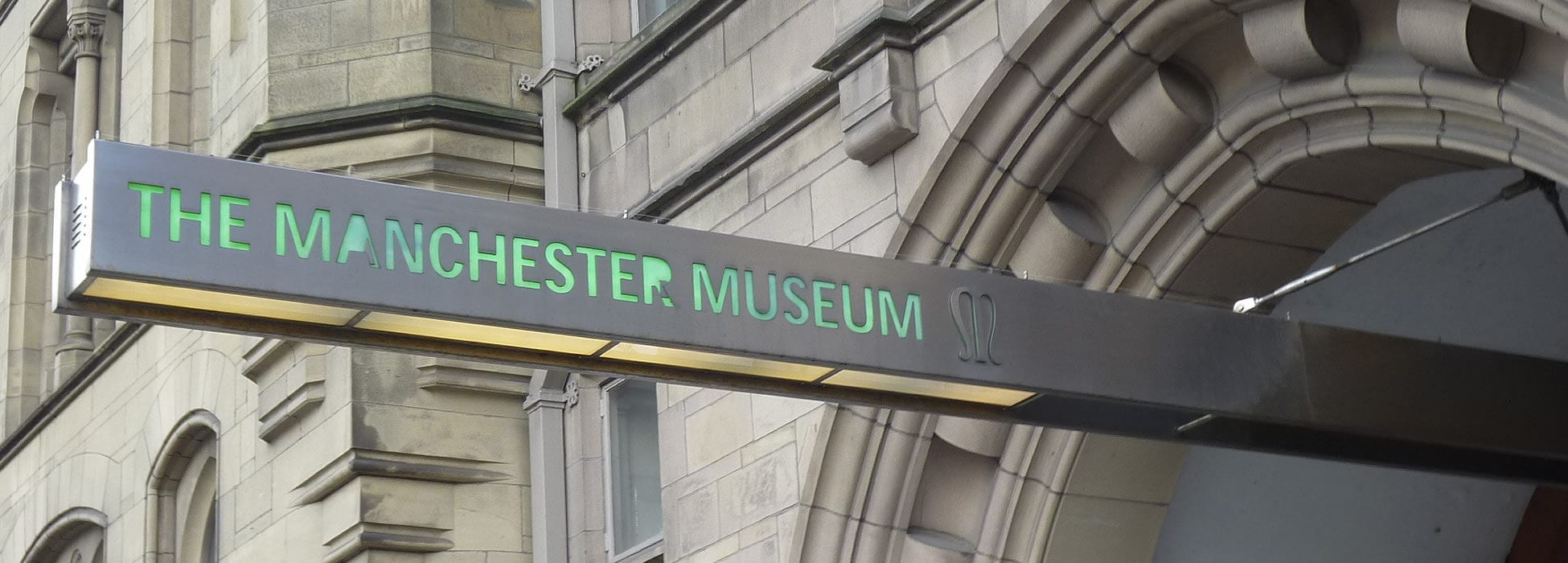Prefabricated Museums versus Traditional Building Design
Introduction
As we discussed earlier, art collectors often spend years or even a lifetime amassing an eclectic collection of art that grows too large to be housed in one place. As a result, these collections are kept in multiple homes or high-security storage facilities across the globe. Eventually, collectors are faced with the decision to either sell or gift their collections or in some cases, build museums to house them.
Museums are more complex in their specifications than standard office or retail environments, as they must consider the complex aspects of preservation, display the art at its best for years to come and keep it secure. To accomplish this, museums must adhere to strict guidelines to protect the art from light, temperature, humidity, and other environmental factors. Additionally, museums must consider the safety of visitors and staff and the building’s structural integrity. When choosing between pre-fabricated museums (sometimes called pre-crafted) and traditional building methodologies, the decision typically comes down to the building time and overall cost.
Pre-fabricated museums are quicker to construct and usually cost less than the conventional building process. However, pre-fabricated museums may lack the iconic architecture that most art collectors wish to leave as their legacy. There are few prefab museums built to date, and even the conceptual plans I’ve seen lack the iconic architecture that most art collectors would wish to leave as their legacy. Nevertheless, pre-fabricated museums have several advantages, including faster build times and lower costs, which make them an excellent option for collectors who want to house their art collections in a museum-like environment.
“If “less is more” is your mantra and simple lines and rectangular galleries are your cup of tea, then this might be the very solution you are looking for.”
However it can be argued that even traditional buildings are partially prefabricated, as complete facades, wet areas, etc., are manufactured in factories and then craned into position on-site.
In conclusion, I feel that prefabricated museum solutions are always going to be second-best. Let’s face it: the cost of building a museum is unlikely to be the controlling factor when a collector is building his donor museum. This is in complete contrast to an individual building their own family home. So finally, it comes down to just the time and speed of the museum build, which is dramatically quicker. Furthermore, if it takes off, who knows, you might be able to select a museum solution by checking boxes. Such features may include the number of galleries required, the total square footage, storage options, lighting solutions, and environmentally sustainable features, such as environmental control.
Lastly, there is one further thought to add: the longevity of the building. How long will a prefabricated building last compared to the traditional method? Will it require additional maintenance throughout the life of the building? At this moment, no one knows, but I would speculate on a shorter life span and increased maintenance. Therefore, building in the short term might be quicker and cheaper.
Prefabricated buildings might be better suited to an extension to an existing museum or where extra space is required quickly. They could also tick the box as a temporary solution, which could be removed after an important exhibition. In a nutshell, I can’t see prefabricated museums making much of an impression in the museum world. Do you agree?
Read more on museum build design
Part 1 – Donor Museums
These traditionally built structures take years of planning, with many diverse specialists and professionals working together to produce these rather exceptional buildings and exhibitions.

